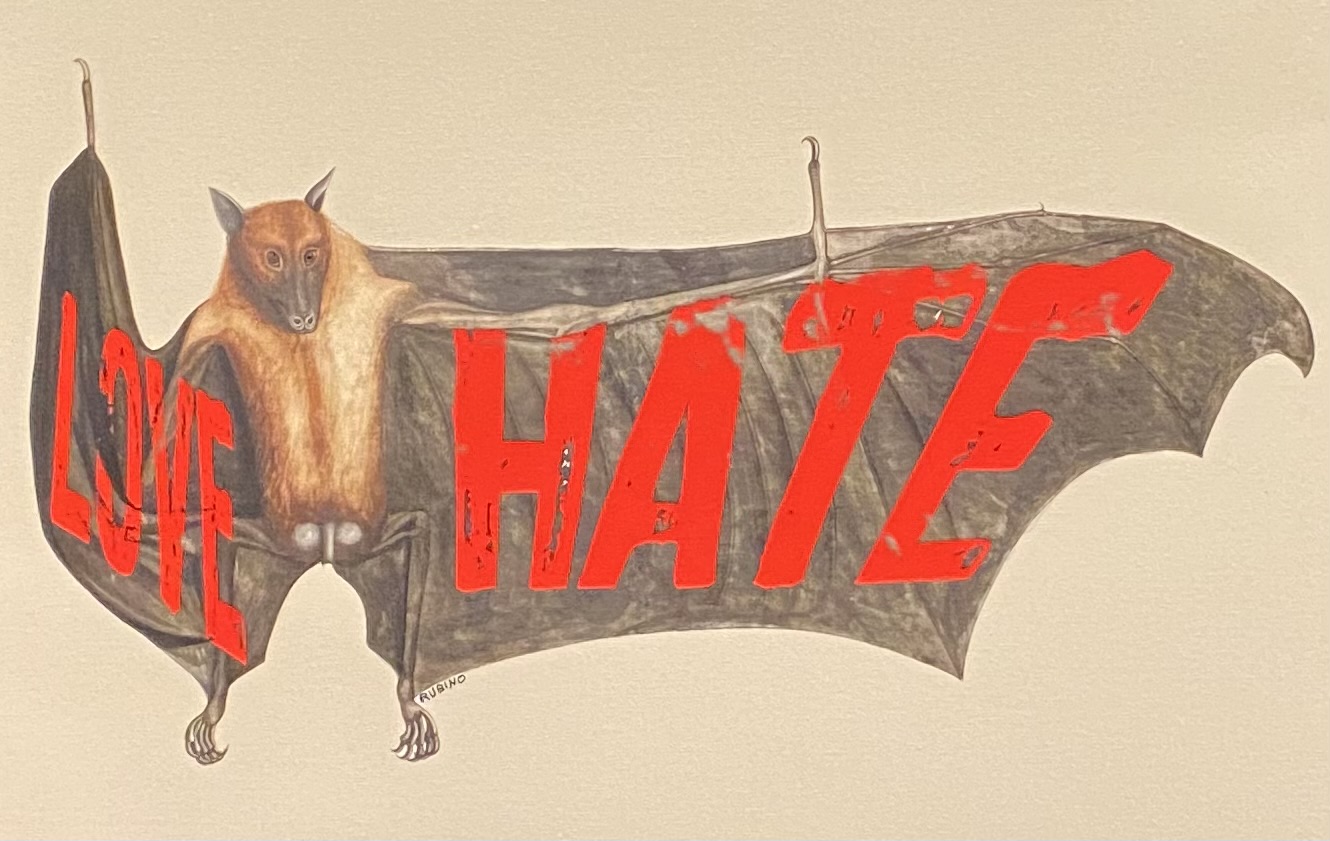Going Batty – A Review of Bats! At the Peabody Essex Museum
Those making their annual pilgrimage to the Witch City this year should make time in between the ghost tours and psychics to visit the Peabody Essex Museum (PEM), located in the heart of Salem, Massachusetts. Though Boston-area residents are often familiar with PEM’s excellent exhibits …
